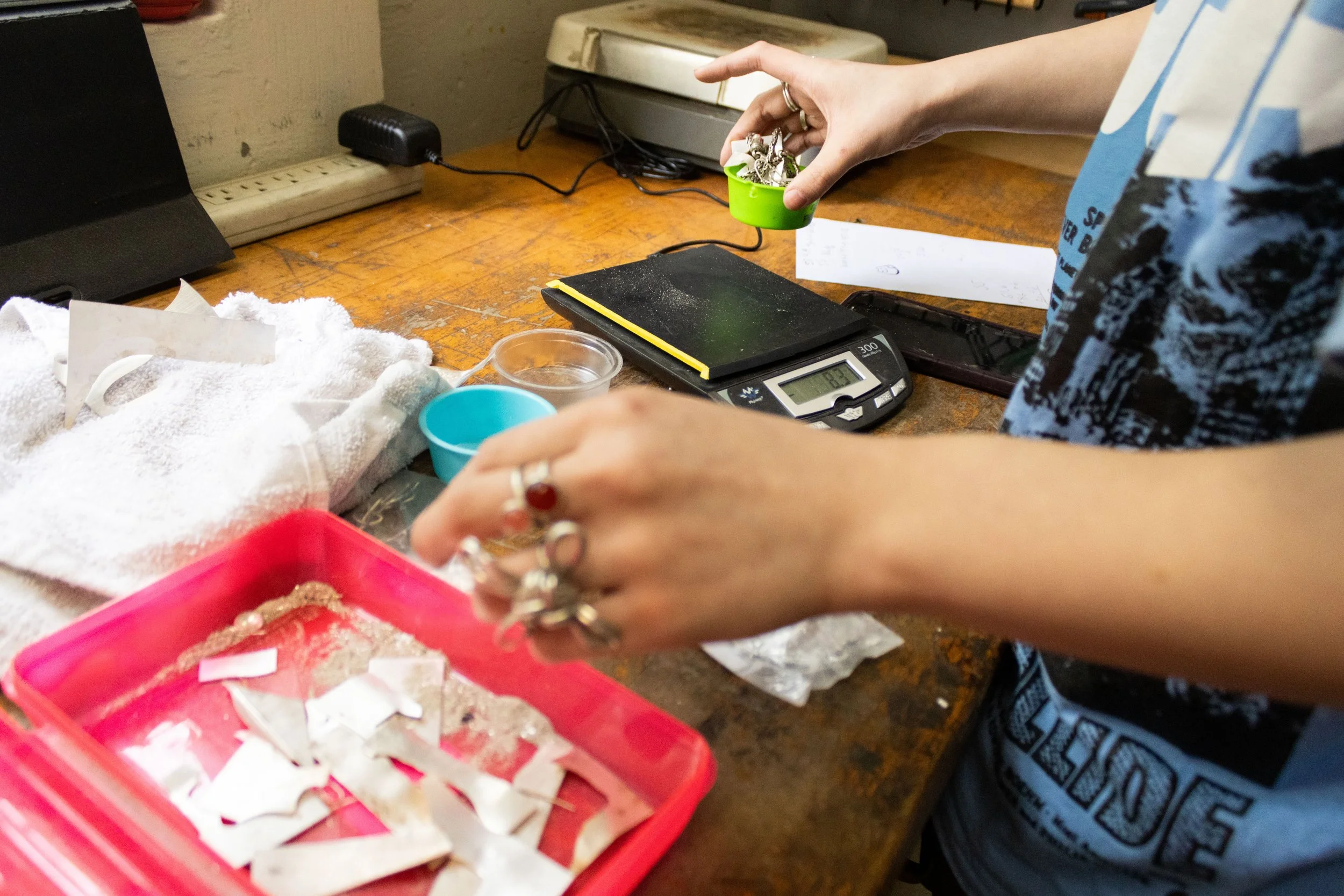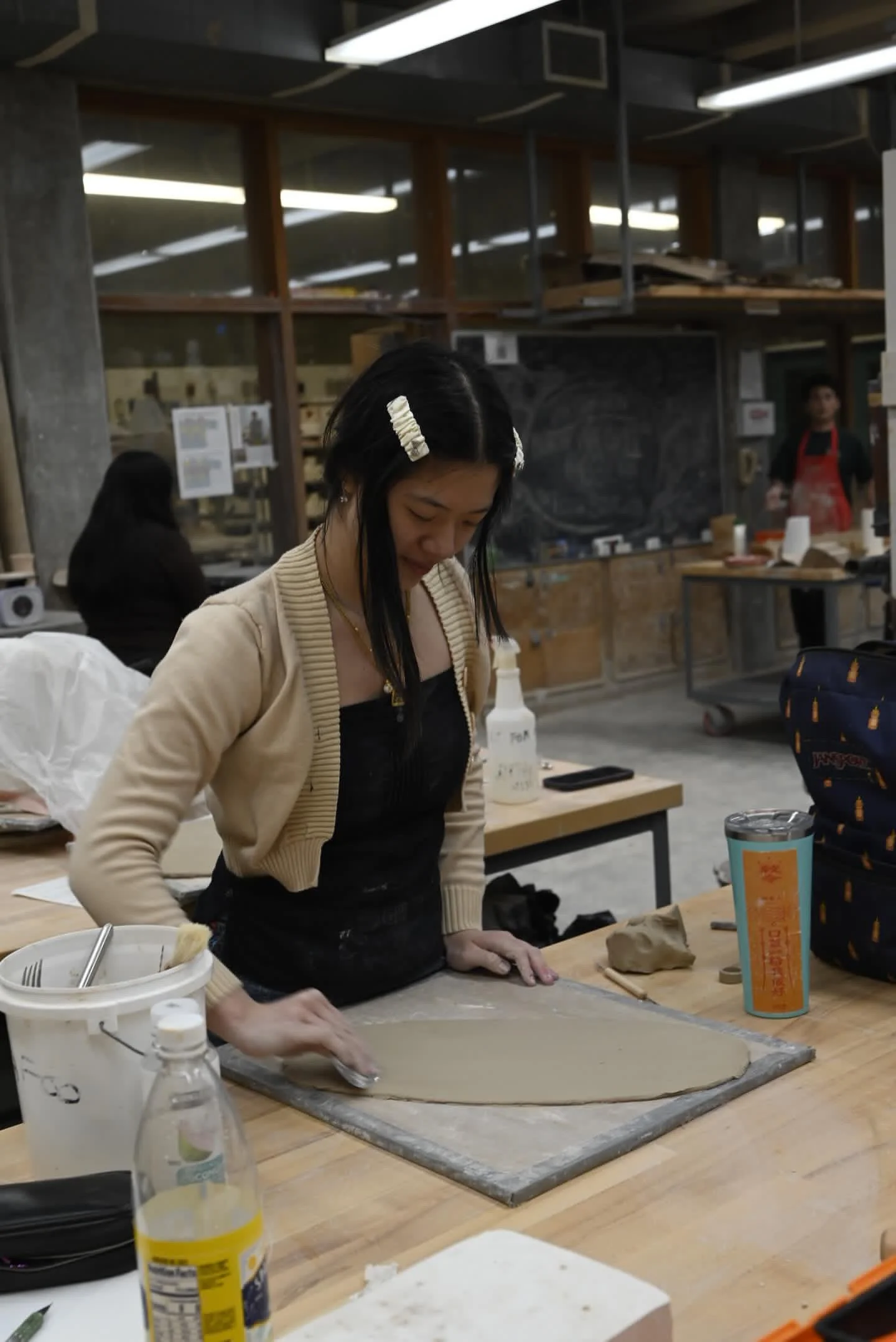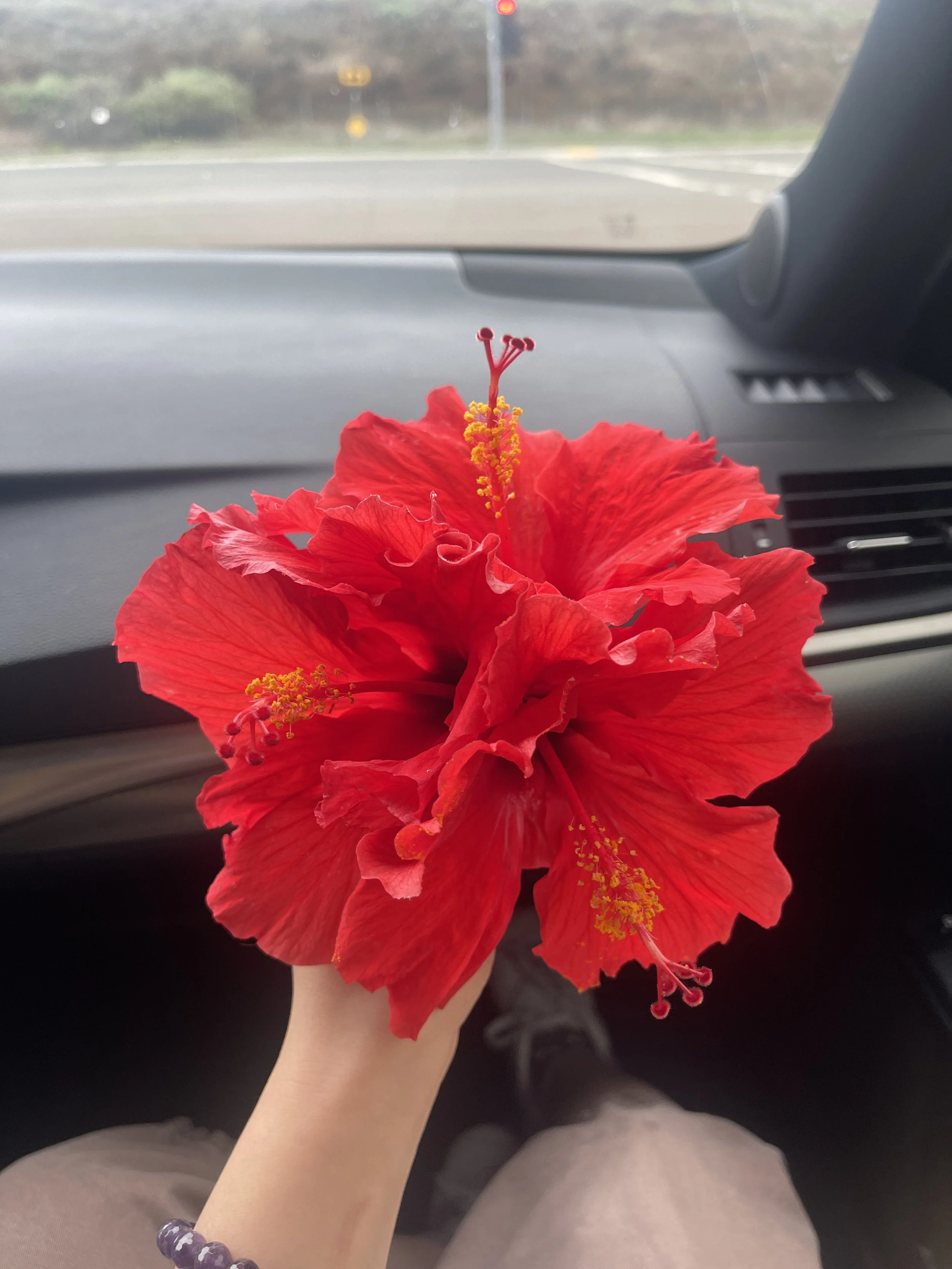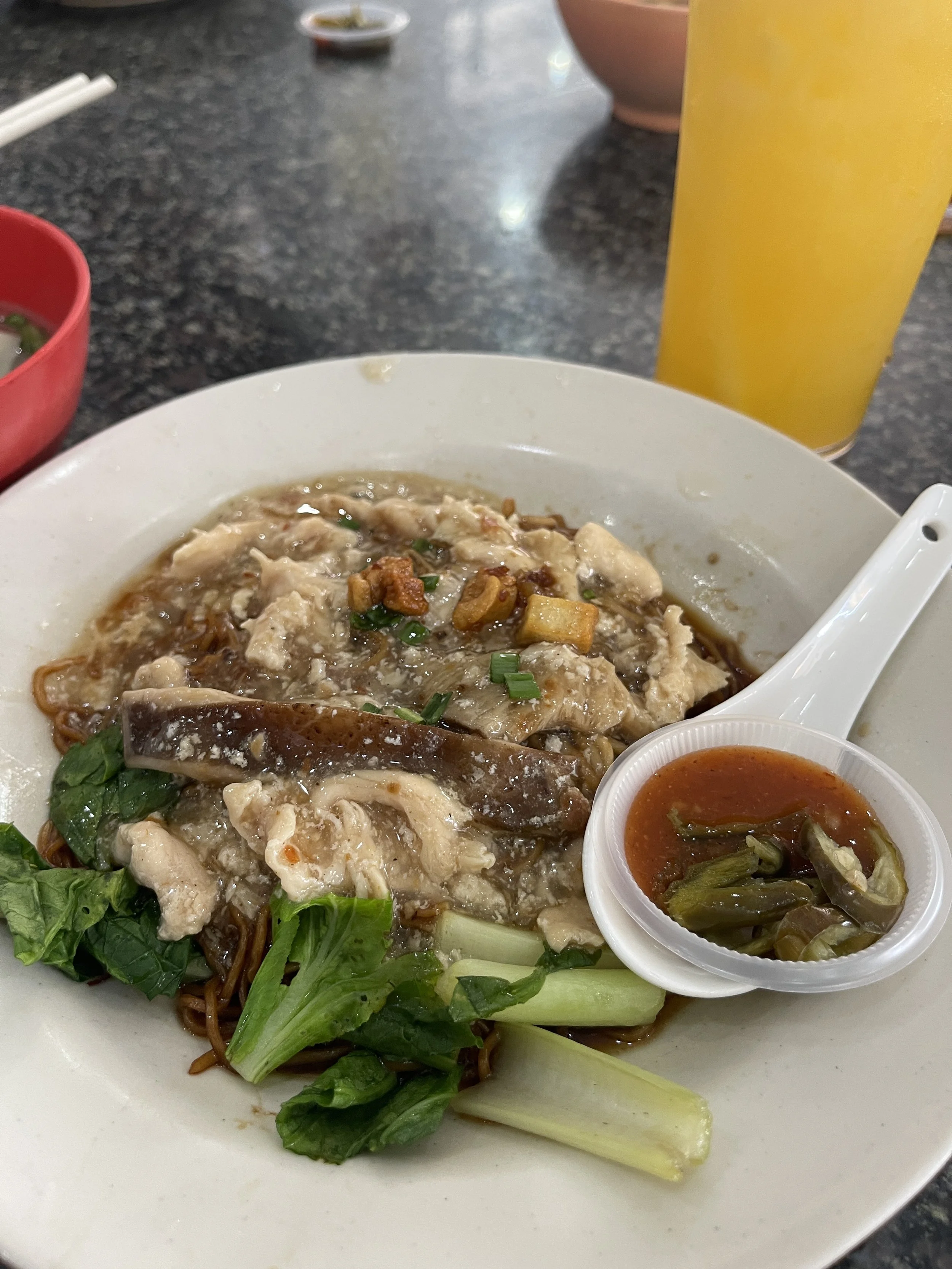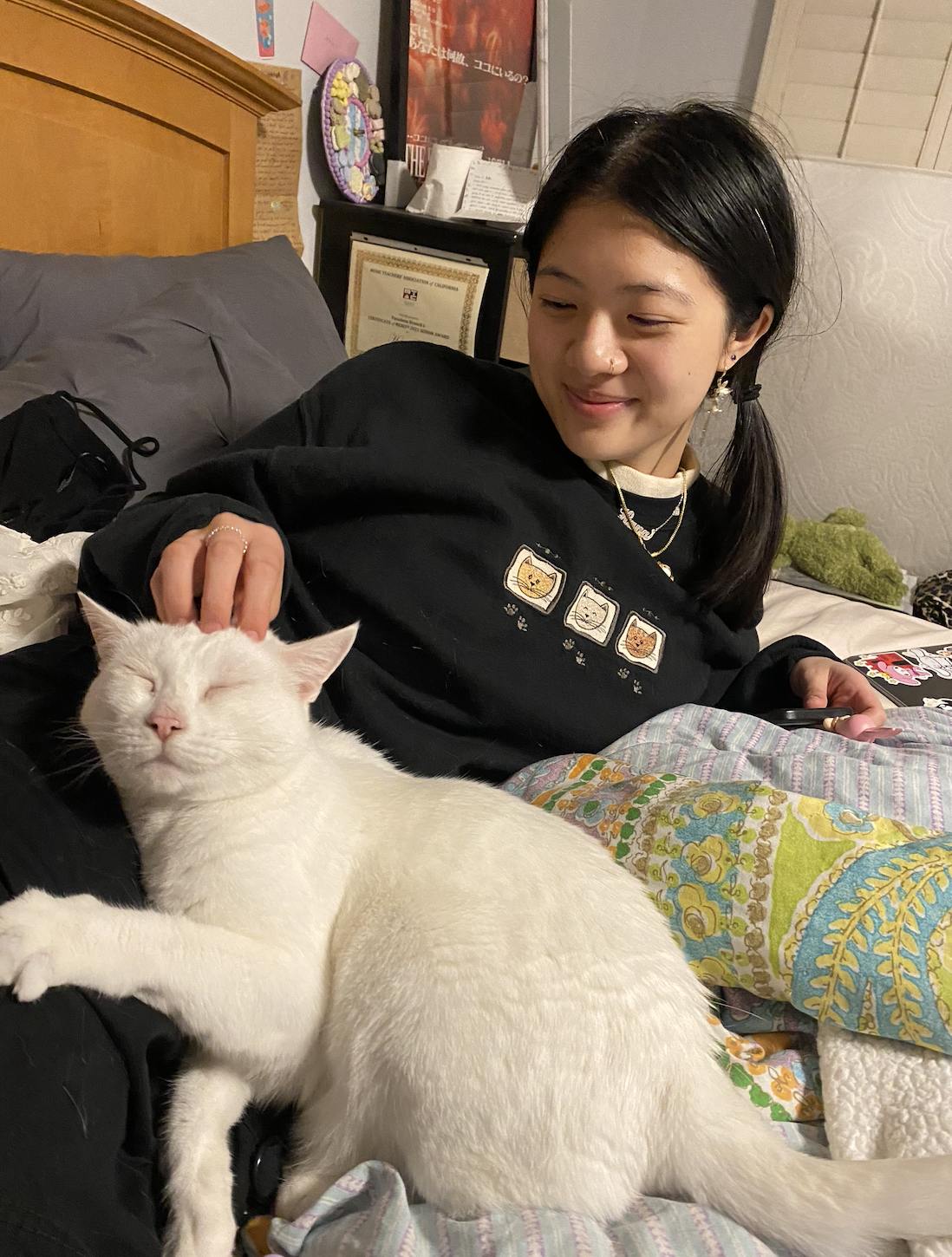ABOUT HANA FOO
ARTIST STATEMENT
As a first-gen Chinese American with Taiwanese, Thai, and Malaysian heritage, my work reflects a web of cultures which stems from the Chinese Diaspora. Inspired by ancient Chinese art and folklore, I explore themes of assimilation and alienation within my American upbringing, focusing on personal symbols like my Chinese zodiac sign, the goat. My aim is to create contemporary pieces using ancient multicultural techniques, preserving and educating about the past while challenging cultural narratives.
I blend traditional stories with contemporary fashion, particularly drawing from celebrations like Chinese New Year. Some of my pieces explore the idea of reversing cultural appropriation by creating pieces that fuse Asian aesthetics with American symbols, sparking conversations about identity and cultural dynamics. Knots have also been a central muse in my work when considering how materials can inform stories. After all, “Jewelry is a thing because we [humans] like material … [material is] connected to a force greater than its physical characteristics can communicate” (Kerianne Quick, 2024). In Chinese holidays, the paracord material represents good luck while in men’s fashion, the paracord can represent knots as a masculine, resourceful form of jewelry. Various emotions towards similar materials and forms influence how I approach design. By deconstructing and reconstructing traditional forms, I offer contemporary perspectives that honor my heritage and engage viewers in dialogue about belonging and stigma.
When I was 16 and COVID began, the xenophobia, fetishization, and hatred surrounding me escalated from being a nuisance to a serious danger. My asian-ness had never felt like such a physical experience before, and I felt a need to protect it. The surge of anti-asian hate crimes has undoubtedly been instrumental in finding my body of work, as it propelled me to protect and embrace my identity.
My goal is to contribute to a more inclusive understanding of identity and culture. I plan to further explore almost-lost techniques in Asia, engaging directly with master craftsmen, and eventually sharing my insights through collaborations that challenge the notion of Asian art as artifacts, something lost in the past.

